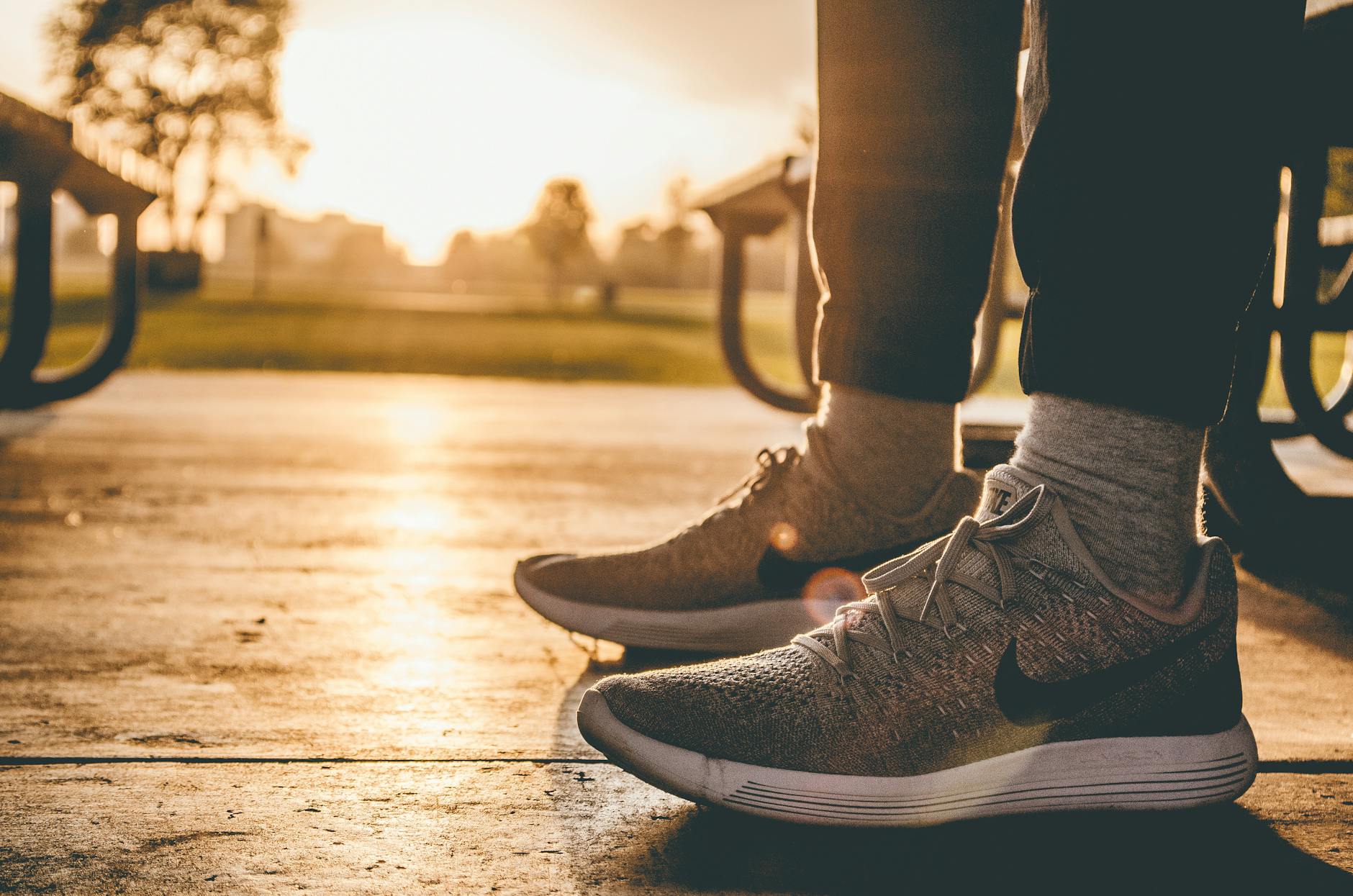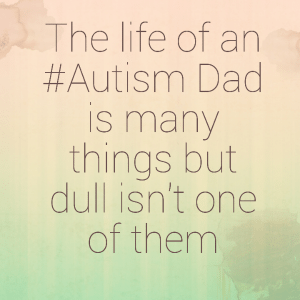Men hitting the big 4-0 often find themselves at a crossroads. The energy of youth gives way to the responsibilities of middle age, and the body starts to hint that it won’t tolerate the same old habits. But here’s the deal: getting fit after 40 isn’t just about vanity. It’s about longevity, vitality, and becoming the silver fox who’s not just alive but living.
Embrace the Journey, Not the Destination
First things first, gents. Drop the 20-year-old mindset of beach bodies and six-packs. We’re not teenagers prepping for spring break. Think long-term investment. Fitness after 40 is about being able to play with your kids (or grandkids), keeping up with your partner, and making sure your body doesn’t betray you when you decide to climb that mountain or dive into the ocean.
Assess the Starting Line
Before you embark on this journey, you need a clear picture of where you’re starting. And no, I’m not talking about staring in the mirror and flexing what’s left of those biceps. Get a real fitness assessment. Here’s a quick rundown:
- Strength: Can you lift your own body weight? Push-ups, pull-ups, and squats are your best friends.
- Stability: How’s your balance? Try standing on one leg with your eyes closed. If you wobble more than a bobblehead, you need to work on stability.
- Mobility: Touch your toes. Rotate your shoulders. Can you move without wincing?
- Cardiorespiratory Fitness: How’s your endurance? Can you run a mile without needing an oxygen mask?
If you’re serious, get a professional assessment from an exercise physiologist or a certified personal trainer. They’ll give you the brutal truth and a roadmap to improvement.
Build a Sustainable Routine

Consistency beats intensity. You’re not trying to set records; you’re building habits. Aim for at least 150 minutes of moderate-to-vigorous aerobic activity each week. That’s about 30 minutes, five times a week. Sprinkle in two strength training sessions of about 20 minutes each. Here’s the kicker: variety is your secret weapon.
- Aerobic Exercise: Mix it up. Walk, run, bike, swim. Get your heart pumping and lungs working.
- Strength Training: Focus on compound movements. Deadlifts, squats, bench presses, and rows. These exercises hit multiple muscle groups, giving you more bang for your buck.
- Flexibility and Stability: Yoga, Pilates, and Tai Chi aren’t just for retirees. These practices enhance mobility and stability, preventing injuries.
The Compound Effect
Strength training can be your fountain of youth if done right. But don’t get stuck in the rut of isolated exercises. Bicep curls and tricep kickbacks are fine, but compound movements are where the magic happens. Deadlifts, squats, bench presses—these exercises work multiple joints and muscle groups, boosting your functional strength.
And don’t forget your core. No, not just for the abs. A strong core supports your entire body. Planks, Russian twists, and leg raises will keep your midsection strong and stable. And if you’re feeling adventurous, throw in some pelvic floor exercises. Trust me, your future self will thank you.
Progressive Overload: The Key to Growth
Your body adapts to stress, so keep upping the ante. This concept, known as progressive overload, is crucial. Increase the weight, the reps, or the intensity of your workouts regularly. If you’re lifting the same dumbbells for the same reps week after week, you’re not growing—you’re just going through the motions. Challenge your body, and it will respond.
Cardio: More Than Just Treadmills
Cardiovascular health is critical, especially as you age. But cardio doesn’t mean you have to pound the pavement until your knees scream for mercy. High-Intensity Interval Training (HIIT) is a game-changer. Short bursts of intense activity followed by brief rest periods can boost your VO2 max and torch calories. Plus, it’s efficient—perfect for the time-strapped.
Nutrition: The Unsung Hero
You can’t out-train a bad diet. As you age, your metabolism slows down, and your body’s nutritional needs change. Focus on whole, nutrient-dense foods. Lean proteins, healthy fats, complex carbs, and plenty of vegetables. Hydration is critical too. As you age, your body’s ability to conserve water decreases, so drink up.
And don’t fear supplements. Omega-3s, vitamin D, and magnesium can be beneficial. But remember, supplements are just that—supplements. They should enhance a balanced diet, not replace it.
Recovery: The Overlooked Component
Recovery is where the magic happens. Your muscles don’t grow in the gym; they grow when you rest. Ensure you’re getting enough sleep—7-9 hours a night. Incorporate active recovery days with light activities like walking or gentle yoga. And don’t shy away from a massage or foam rolling session. These help reduce muscle tension and improve circulation.
Hormones: The Hidden Drivers of Health
When we talk about getting fit after 40, we can’t ignore the critical role of hormones. These biochemical messengers significantly impact both your mental and physical health, often dictating how you feel, how you perform, and how you age. As men hit their 40s, hormonal changes can throw a curveball into their fitness and overall well-being.
Testosterone: The Powerhouse Hormone
Testosterone is the star player when it comes to male hormones. It influences muscle mass, bone density, fat distribution, and even mood. However, after 30, testosterone levels naturally begin to decline at about 1% per year. By the time you hit 40, you might start feeling the effects more acutely.
Low testosterone can lead to:
- Reduced Muscle Mass and Strength: You might notice it’s harder to build and maintain muscle.
- Increased Body Fat: Especially around the abdomen.
- Decreased Libido: A drop in sexual desire and performance.
- Mood Changes: Irritability, depression, and a lack of motivation.
This is where supplements like TestoPrime can make a significant difference. TestoPrime, a testosterone booster, helps increase testosterone levels, improve libido and sexual performance in men, support muscle mass growth, and better sleep.
Cortisol: The Stress Hormone
Cortisol, produced by the adrenal glands, is often called the stress hormone. In small doses, it’s beneficial, helping you respond to stress. But chronic high levels of cortisol can wreak havoc on your body and mind, leading to:
- Weight Gain: Particularly in the belly area.
- Sleep Disruption: Affecting your recovery and overall health.
- Mood Swings: Anxiety, depression, and cognitive issues.
- Muscle Breakdown: Hindering your fitness progress.
Insulin: The Energy Regulator
Insulin, produced by the pancreas, regulates blood sugar levels. As you age, insulin sensitivity can decrease, leading to higher blood sugar levels and increased fat storage. This is a pathway to type 2 diabetes if not managed properly.
Growth Hormone: The Repair and Growth Agent
Growth hormone (GH) is vital for cell repair, muscle growth, and metabolism. Levels peak during youth and gradually decline with age. Lower GH levels can result in:
- Reduced Muscle Mass: Making it harder to gain strength.
- Increased Body Fat: Particularly around the organs.
- Decreased Exercise Capacity: Leading to quicker fatigue.
Balancing Your Hormones
While aging is inevitable, there are steps you can take to balance your hormones and mitigate their impact on your fitness and mental health.
- Strength Training: Regular resistance exercise boosts testosterone and growth hormone levels. Aim for compound movements like squats, deadlifts, and bench presses.
- Cardio Exercise: High-Intensity Interval Training (HIIT) is particularly effective in managing insulin and cortisol levels.
- Nutrition: A diet rich in healthy fats, lean proteins, and complex carbs supports hormone production. Omega-3 fatty acids, found in fish and flaxseeds, are particularly beneficial.
- Sleep: Prioritize quality sleep. Aim for 7-9 hours per night to regulate cortisol and support growth hormone release.
- Stress Management: Incorporate relaxation techniques such as meditation, yoga, or deep-breathing exercises to keep cortisol levels in check.
- Supplements: Consult with a healthcare provider about supplements like vitamin D, zinc, and magnesium, which can support hormonal balance.
- Hormone Replacement Therapy: For some men, hormone replacement therapy (HRT), including TRT and HGH Therapy, may be a viable option to address significant hormonal imbalances, particularly low testosterone levels. Consult with a healthcare provider to explore this option.
Mental Health and Hormones
The mind-body connection is powerful, and hormonal imbalances can significantly affect mental health. Low testosterone, high cortisol, and insulin resistance can contribute to:
- Depression and Anxiety: Hormonal fluctuations can lead to mood swings and mental health challenges.
- Cognitive Decline: Hormones influence brain health, impacting memory and cognitive function.
- Motivation and Drive: Hormonal imbalances can sap your motivation, making it harder to stay committed to fitness goals.
Mindset Matters
Finally, let’s talk mindset. You’re not just training your body; you’re training your mind. Embrace the journey. Celebrate small victories. And remember, setbacks aren’t failures—they’re opportunities to learn and grow. Surround yourself with a supportive community, whether it’s a workout buddy, a trainer, or an online group.
Conclusion: The Long Game
Fitness after 40 isn’t about defying age; it’s about embracing it. It’s about being the best version of yourself today so that your future self can thrive. It’s about playing the long game. So, start now. Test your fitness, build a sustainable routine, focus on compound movements, embrace progressive overload, eat right, prioritize recovery, and cultivate a resilient mindset.
You’ve got this. The best is yet to come.



